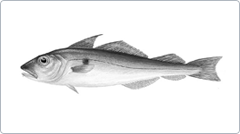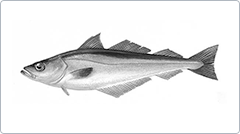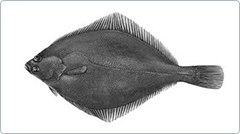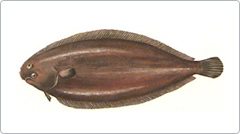An ocean of possibilities
With a ever growing range that now includes over 1,000 items, it almost goes without saying that we provide the widest range of available seafood.
Fresh fish is our absolute core competence. Both the Danish and imported. In addition, you will find also a large selection of frozen seafood products from around the world. Marinated and smoked products, preferably of production from our smokehouse in Malmö. And all types of annual and semi-preserves. Jacob Kongsbak Lassen is the sole producer of the renowned Norwegian Fars, touched with real cream. We have our own fillet production. And shrimp-peeling machine for the coveted Danish shrimps. We also supplies game and poultry, vegetables and other catering ..





































